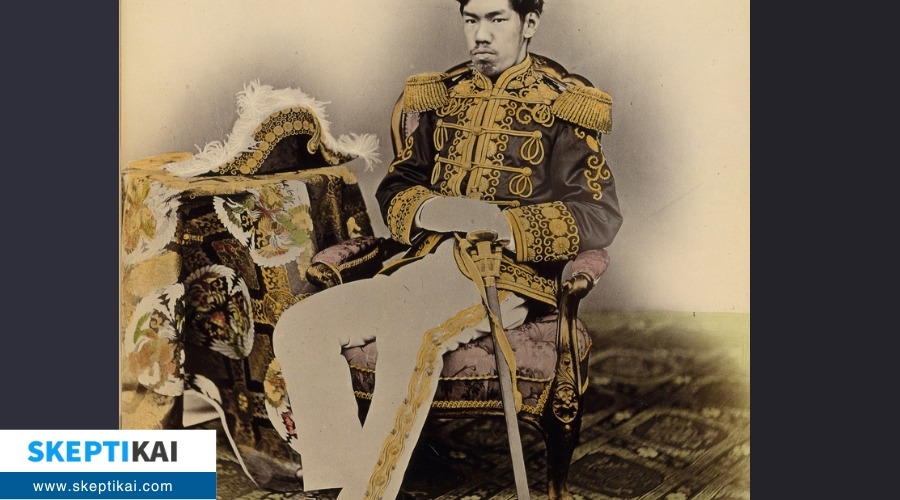The Imperial Household Agency chose Uchida Kuichi, one of the most renowned photographers in Japan at the time, as the only artist permitted to photograph the Meiji Emperor in 1872 and again in 1873. Up to this point, no emperor had ever been photographed. Uchida established his reputation making portraits of samurai loyal to the ruling Tokugawa shogunate.
Imagine the Meiji Restoration as an earthquake that shook Japan to its core, transforming it overnight from a feudal cocoon into a modern butterfly. You’re standing at the crossroads of history, witnessing a country that embraced Western technologies and ideologies while fiercely holding onto its rich cultural heritage.
This blend of the old and the new has left an indelible mark on modern Japanese culture, from its art and literature to its social hierarchies and industrial prowess. You’re probably wondering how such a seismic shift could happen in a relatively short period and what it means for Japan’s identity today.
Let’s explore how this era of rapid change continues to influence the Japan you know and love.
Prelude to Transformation
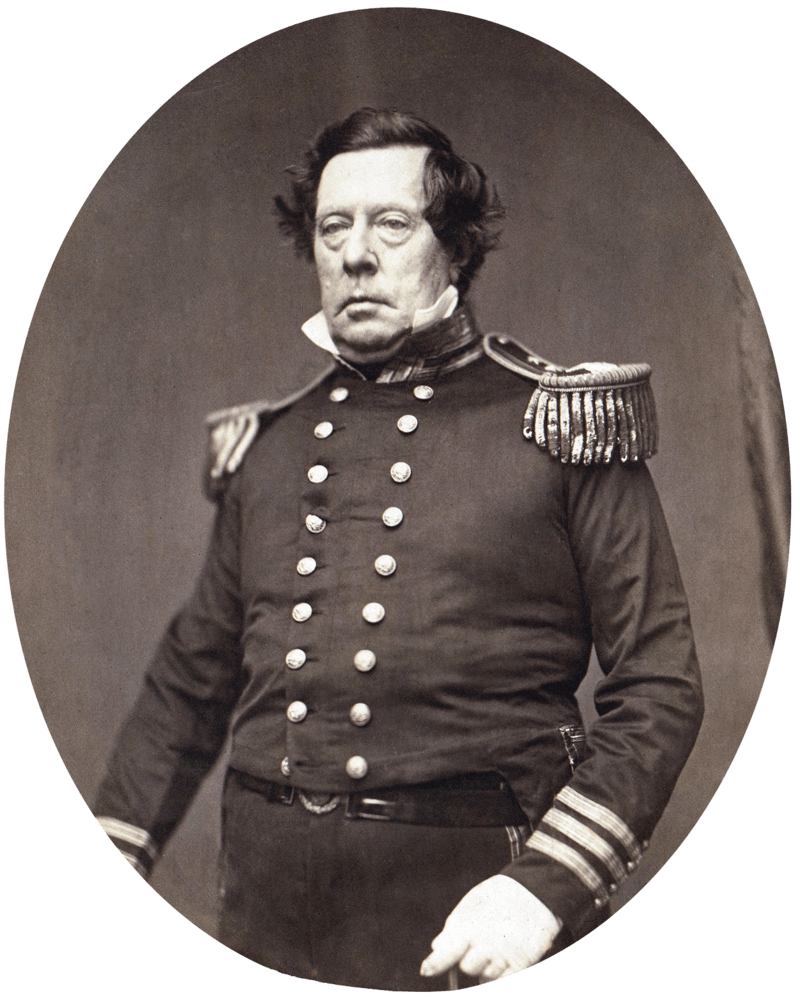
Before the Meiji Restoration reshaped Japan, the country’s unexpected encounter with Commodore Perry in 1853 cracked open its doors to the West, setting the stage for monumental change. This pivotal moment marked the beginning of the end for centuries-old feudalism, paving the way for an era of modernization that would forever alter the landscape of Japanese culture.
As you delve deeper into this transformation, you’ll find that the adoption of Western technologies and practices during the Meiji era wasn’t just about catching up with global powers. It was a carefully orchestrated move to strengthen Japan from within, blending the best of Western advancements with the rich tapestry of Japanese traditions. This period witnessed a significant shift towards nationalism, fueled by a revival of Shinto as a unifying cultural force. It wasn’t merely about embracing new ideas; it was about redefining Japanese identity.
The Meiji era’s legacy is a testament to Japan’s ability to harmonize traditional values with Western influences, creating a unique cultural milieu that continues to fascinate the world. Through this delicate balance, Japan emerged as a modern nation while retaining the essence of its Japanese culture.
Overthrow of the Shogunate
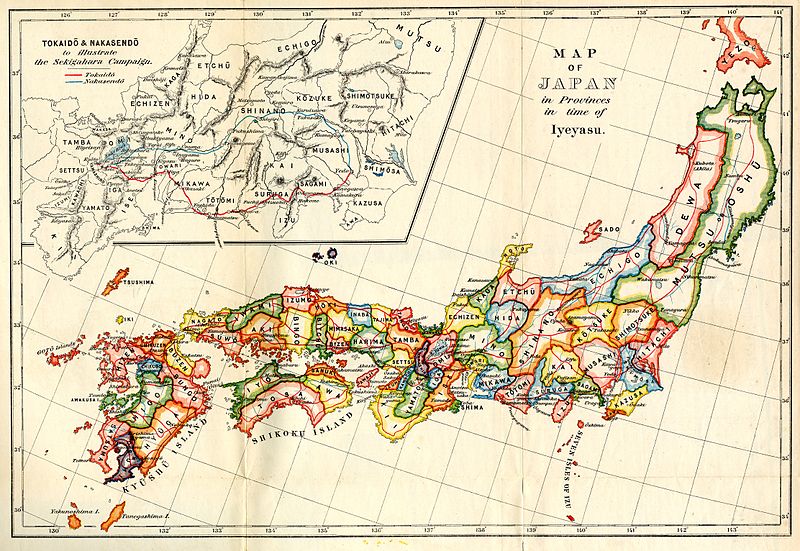
As we explore the overthrow of the Tokugawa Shogunate, it’s clear this pivotal event in 1868 was the catalyst for Japan’s remarkable journey towards becoming a modern nation-state. The shogunate overthrow wasn’t just a political coup; it represented a monumental shift from feudal structures to centralized imperial rule, setting the stage for comprehensive reforms across all sectors of society.
To paint a picture for you:
- Samurai from domains like Choshu and Satsuma were instrumental, leveraging military prowess and strategic alliances to restore imperial rule.
- The end of over 250 years of shogunate dominance broke down outdated feudal systems, creating a vacuum for new ideas and systems.
- Political reforms aimed to centralize power under the emperor, dismantling the fragmented daimyo territories.
- Social and economic reforms were introduced to forge a cohesive, modern society, capable of standing equal to Western powers.
- This period marked the onset of rapid modernization, transforming Japan from a secluded island nation into a burgeoning modern nation-state.
The overthrow, therefore, wasn’t merely a change of guard. It was the dawn of transformation, where Japan earnestly embarked on a path of modernization, intertwining political, social, and economic reforms to redefine its place in the world.
Western Influence and Adaptation
The Meiji Restoration opened Japan’s doors wide to Western influence, leading to significant adaptations in clothing, technology, and societal norms. Suddenly, you’re seeing Western clothing styles and hairstyles becoming a common sight, symbolizing Japan’s rapid embrace of foreign trends. This wasn’t just about fashion; it was a deeper reflection of the country’s commitment to modernization and industrialization, driven by the introduction of Western science and technology.
| Western Influences | Japanese Adaptations |
|---|---|
| Western clothing styles | Adoption in both casual and official attire |
| Western science and technology | Spurred industrial growth and modern infrastructure |
| Western cultural practices | Shift towards individualism and democracy |
| Integration of Western ideas | Unique cultural synthesis shaping modern Japanese society |
This era wasn’t just about adopting Western ways; it was about creating a new identity that married the best of both worlds. The industrialization and modernization of Japan were palpable, with the landscape transforming with railways and factories. The societal norms began to shift, too, as Western cultural practices introduced concepts of individualism and democracy, challenging traditional Japanese values. Yet, through this integration and adaptation, Japan managed to forge a unique cultural synthesis, blending Western innovations with Japanese traditions, setting the stage for a modernized nation with deep-rooted cultural identity.
Revolution in Education
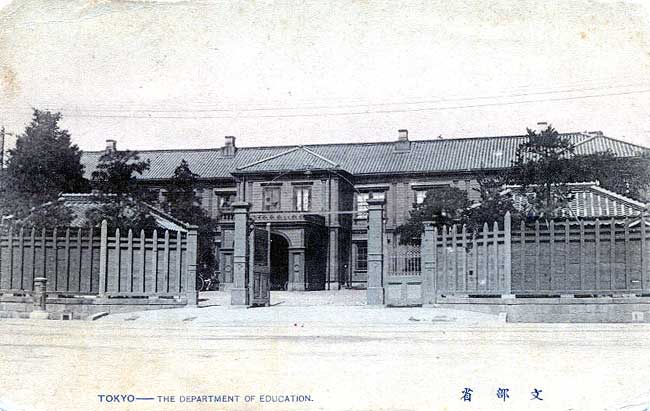
Building on its commitment to modernization, Japan introduced a modern, universal education system in 1872, revolutionizing how its citizens were educated. This pivotal move during the Meiji era marked a dramatic shift from traditional learning methods to an approach that emphasized literacy and education across all social classes. By adopting Western models of education, Japan aimed to cultivate a skilled workforce, crucial for its ambitious plans for industrialization and economic development.
To give you a clearer picture, consider these key aspects of the revolution in education:
- Universal Education System: Implemented in 1872 to provide basic education for all, irrespective of social status.
- Literacy Focus: A major goal was to increase literacy rates, ensuring that everyone had the basic reading and writing skills needed for a modern society.
- Western Models: Schools and curriculums were designed based on Western examples, introducing new subjects and teaching methods.
- Support for Industrialization: Education reforms were aligned with the needs of industrialization, aiming to create a technically skilled workforce.
- Economic Development: A well-educated population was seen as essential for Japan’s broader economic development goals, driving forward its modernization efforts.
These steps collectively not only transformed the educational landscape but also laid the groundwork for Japan’s rapid advance into the modern era.
Industrial and Technological Leap
Following the Meiji Restoration, Japan embarked on a journey of rapid industrialization, marking a significant technological leap that positioned it as a global industrial leader. This era saw the birth of a robust manufacturing base, fueled by the introduction of Western technologies. You witnessed Japan’s transformation into a powerhouse of technological advancements, particularly in fields like automotive engineering and consumer electronics.
The industrial growth during this period wasn’t just about expanding factories; it was the cornerstone of Japan’s economic prosperity and modernization. By focusing on industrialization, Japan not only enhanced its economic growth but also stepped up its global competitiveness. These efforts were instrumental in ensuring that Japan wasn’t just catching up with the West but was setting benchmarks in various industries.
Technological advancements during the Meiji era weren’t mere happenstances; they were the result of deliberate policies aimed at modernizing Japan. From automotive engineering to consumer electronics, Japan began to lead in sectors that would define the future of global industries. This technological leap, initiated during the Meiji Restoration, laid the groundwork for Japan’s iconic status in the world of manufacturing and innovation, making it a case study in successful industrialization and modernization.
Evolution of Art and Literature
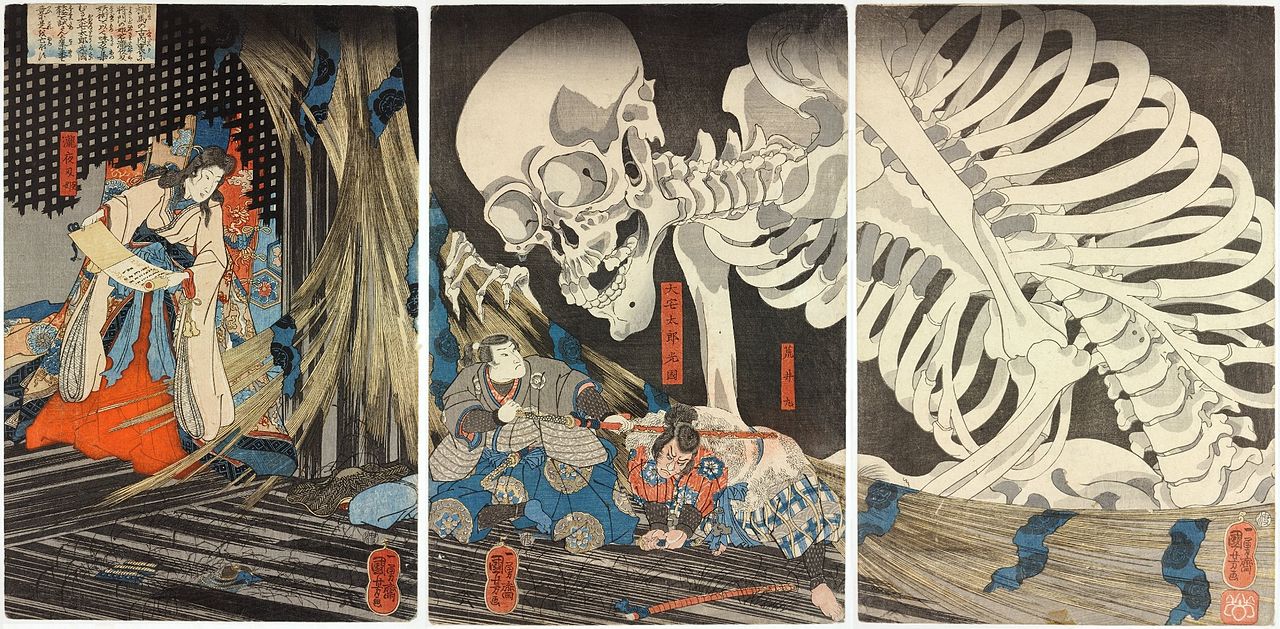
Amidst the Meiji Restoration, Japanese art and literature frequently underwent a transformative shift toward embracing modernity and Western influences. You’ve seen how the blend of traditional Japanese styles with Western ideas spurred a cultural renaissance, marking a period ripe with innovation and experimentation.
To paint a picture for you:
- The shift led to the evolution of traditional art forms like ukiyo-e and haiku, which began reflecting the rapidly changing society and its values.
- Western realism and romanticism significantly influenced Japanese creators, introducing new genres and ways of expression.
- Artists and writers started experimenting with new themes, techniques, and mediums, moving away from the conventional to explore uncharted territories.
- This era saw the birth of modern Japanese literature, with narratives that intertwined the essence of Japanese storytelling with Western narrative structures.
- The Meiji Restoration acted as a catalyst for a cultural renaissance, encouraging artists and writers to embrace and incorporate Western-influenced innovation into their work.
You’re witnessing how the Meiji Restoration wasn’t just a political revolution but a profound catalyst for change in Japanese art and literature, steering it towards a modern, globally-influenced future.
Shifting Social Hierarchies
With the Meiji Restoration, Japan’s entrenched social hierarchies underwent a dramatic transformation, paving the way for a more egalitarian society. You’re witnessing the dismantling of centuries-old classes that once defined every aspect of life in Japan. The samurai, once revered warriors, found their status dissolved, signifying a pivotal shift towards a merit-based system. This was a time when your birth no longer dictated your destiny, and social mobility became a tangible reality for many.
The introduction of Western influences further accelerated these changes, challenging the traditional social structures that had long governed Japanese society. You’re seeing a society that’s increasingly embracing individualism, a stark contrast to the collective ethos that preceded the Meiji era. Education and modernization played critical roles in this transformation, equipping individuals with the tools needed to navigate and thrive in a rapidly changing world.
As traditional barriers fell, shifting hierarchies emerged, reflecting a society more open to talent and hard work than to lineage. The Meiji era, with its profound emphasis on modernization and Western influences, marked a significant turning point, laying the groundwork for a society where your abilities and achievements could propel you forward, irrespective of your origins.
Legacy in Modern Japan
The Meiji Restoration’s influence permeates every aspect of modern Japanese culture, blending traditional values with Western innovations to create a unique societal tapestry. You’ll find the legacy of this period not just in history books but woven into the very fabric of today’s Japan. This cultural synthesis has fostered a society that honors its past while embracing the future, contributing to a dynamic, progressive nation.
To paint a clearer picture:
- Cultural Preservation: Efforts to maintain traditional arts, ceremonies, and practices coexist with modern entertainment and technology, demonstrating a balance between old and new.
- Educational System: A strong focus on education, inspired by Western models, has propelled Japan into a leading position in science, technology, and various academic fields.
- Shinto Religion: Shinto beliefs and rituals continue to play a significant role in daily life and national events, reinforcing a sense of spirituality and community.
- Economic Dynamism: The political reforms and industrialization strategies of the Meiji era have evolved into today’s economic landscape, marked by innovation and global influence.
- Nationalism and Unity: The drive for nationalism and unity during the Meiji Restoration has matured into a deep-seated pride in being Japanese, contributing to a cohesive societal fabric.
This legacy is a testament to the enduring impact of the Meiji Restoration on modern Japanese culture, blending traditions with modernity to create a vibrant, unique culture.
Conclusion
You’ve witnessed how the Meiji Restoration reshaped Japan, from toppling the shogunate to embracing Western innovation. It’s a journey from closed feudal realms to a global industrial power. Education revolutionized, arts flourished anew, and society transformed, blending traditional values with modern ideals. This era’s legacy? A culturally rich, modern Japan that honors its past while continuously innovating.
It’s a testament to the resilience and adaptability of the Japanese spirit, shaping the nation you see today.
